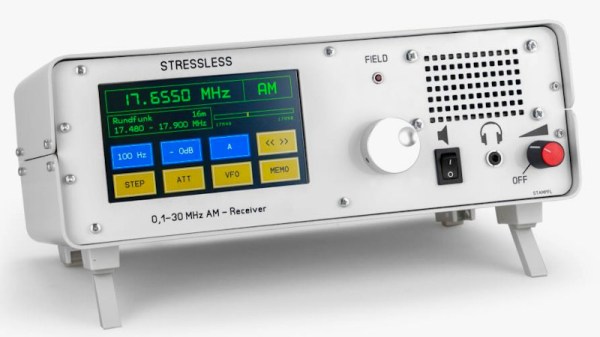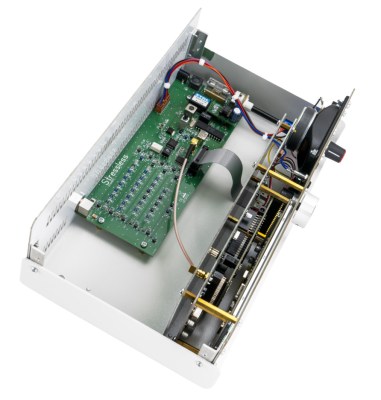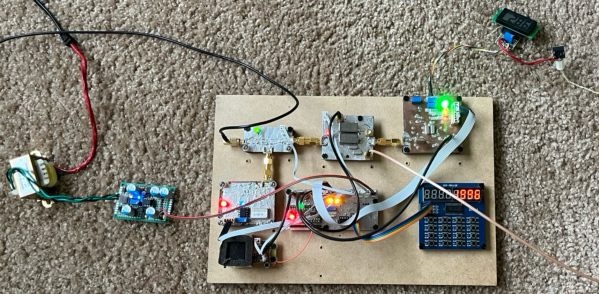Although there was a time in the 80s (and early 90s for fans of the SuperScope) where light guns were immensely popular, with games like DuckHunt cultural touchstones, their time in the video game world has largely come to an end. We might occasionally pick up a Zapper for the NES and play this classic out of nostalgia, but plenty of people are looking for other things that these unique video game controllers can do instead. [Nick] has turned one of his old NES peripherals into a wireless phone.
The way the original Zapper worked was by looking for a certain pattern of pixels that displayed for a fraction of a second whenever the trigger was pulled. Bypassing the anti-cheat mechanism that looks only for qualities of light coming from CRT screens of the day effectively turns the light gun into an analog light sensor which is used for receiving the audio from the phone’s base station via a laser. Of course there were no microphones present within the original hardware so one is added, wiring its output to another laser that communicates to the base station. With the light gun pointed directly at this base station, audio is communicated back and forth by varying the strengths of these small lasers and listening to them on the other end with photodiodes.
[Nick] does point out that this isn’t a great phone, largely because it needs to be pointed exactly at the right spot to work at all, although we do agree that it’s an interesting project that demonstrates what the original hardware could do with a few of its limitations removed. There are a few other ways of bringing these devices into the modern world, with one of our favorites being this laser pointer with additional hardware from a Wiimote that could also function as a mouse.

















